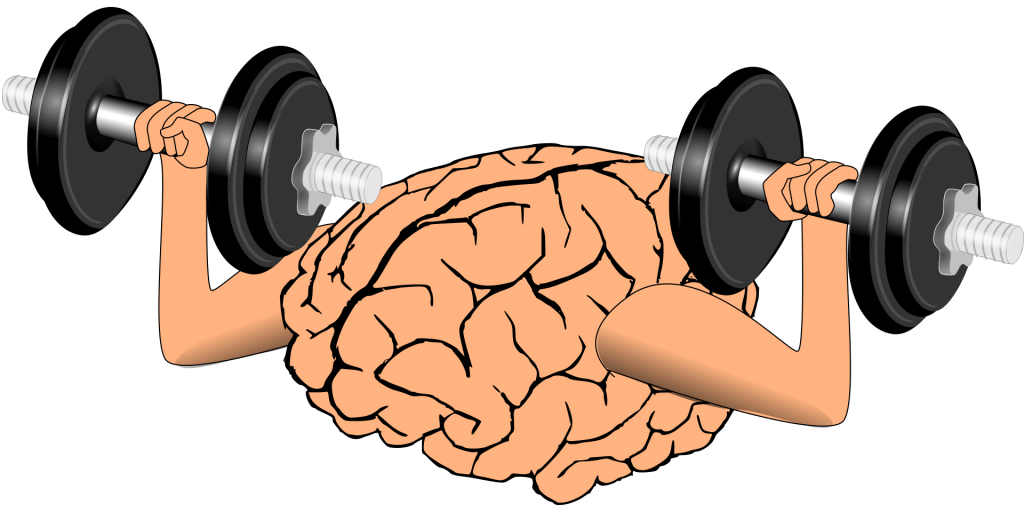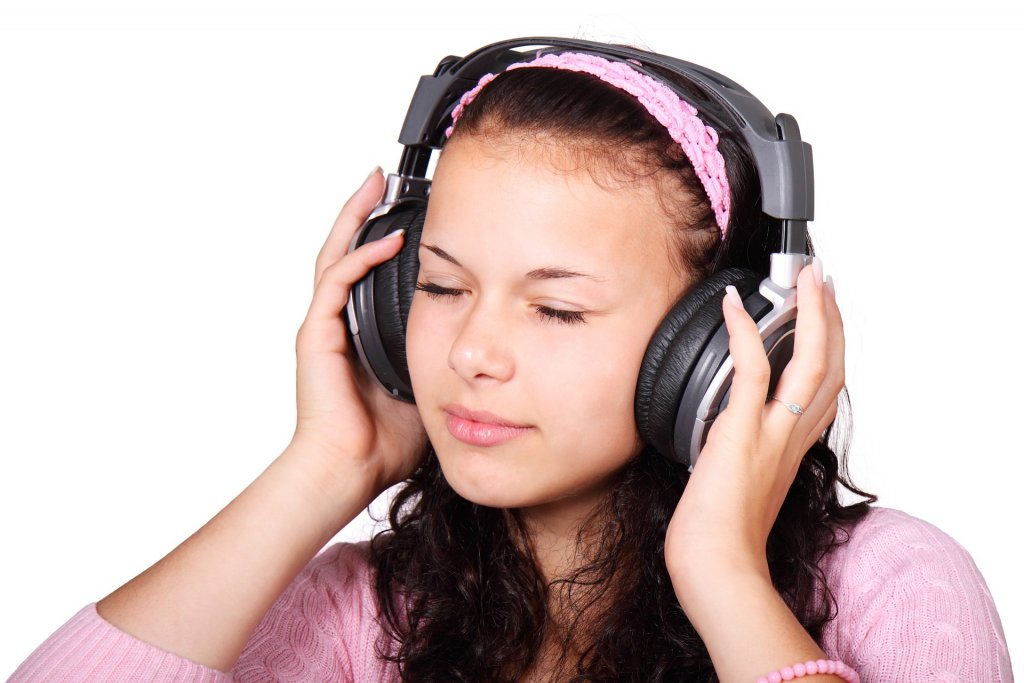Exercising Your Brain Can include a Hop, Skip, and a Jump
Climb aboard as Dr. Kelly Tremblay joins Canadian Audiologist with her column, “Grand Central Station.” At heart Kelly describes herself as a clinician and educator. She remains a passionate Canadian who splits her time between Vancouver and Seattle. Grand Central Station” is aimed at connecting clinicians with science, acknowledging that this is sometimes a two-way return trip. Readers will be invited to submit their questions regarding a research topic/article and these questions will be responded to, based on published research.

What is old is new again. It seems as if the topic of auditory training is continuously “hot.” More than a century ago, before there was physiological evidence of brain plasticity, scientists described the many ways humans could learn to hear new speech sounds.1 Almost a century later, auditory training/learning was the foundation of auditory rehabilitation2 and it is now enjoying a come back. Much has been published on the topic of auditory training and neuroimaging tools have provided the much-needed evidence to show that the human auditory system is capable of change.3,4 Because of this evidence, many different forms of training exercises have emerged. You can now find computer games purported to improve cognition and memory, as well as halt biological aging processes. Many online auditory training programs have also emerged over the last decade. But do they work?
According to two recent systematic reviews, there is no evidence to suggest that computer-based auditory training is an effective intervention for people with hearing loss.5,6 In a nutshell it seems as though improvements in performance might be associated with learning/ practice effects of testing rather than effects of the interventions themselves. In addition, when improvements in performance are seen, they do not generalize in a way that impacts real world function. This is not good news for clinicians who are looking for a single online training program to recommend to all of their patients. But, we should keep in mind that many of the commercial training programs emphasize the acoustic aspects of the signal and less on the cognitive use of sound. And, very few studies analyzed individual patterns of differences; what works for one person might not work for another. So, we should not dismiss the idea of including listening exercises in our clinical practice; on the contrary. There is much research currently underway that is looking at cognitive, multisensory approaches to training, and including the examiniation of individual learning patterns.7 In a recent special issue on the topic, Sommer, described this is an exciting time for research on auditory training because new technologies will provide opportunities for developing novel content and delivery methods for auditory training.8 Of specific interest is finding out “Who is most likely to benefit from a particular type of training?”

So, what’s a clinician to do with this information? Despite the lack of empirical evidence that clinical, computer-based training programs, improve auditory function, there is abundant evidence that making use of sound alters the brain. One sure way of keeping the brain active is to encourage our patients to make use of sound, as imperfect as that sound may be. It might be involve using Skype to speak with grandchildren across the country, or listening to books on tape. Either way, these types of listening scenarios serve as examples of real world listening exercises that: (1) exercise the auditory system, (2) keep our patients engaged in sound and connected to their auditory world, and (3) are purposeful and pleasurable. Thus, motivating our patients to make use of sound, in many different ways is also an approach, not to be forgotten, that can positively impact a person’s quality of life.
References
- Meyer M. Is the memory of absolute pitch capable of development by training? Psychol. Rev 1899;6:514–16.
- Carhart R: Auditory training. In: Davis H, Silverman R, eds. Hearing and deafness. New York: Holt, Rinehart and Winston; 1960.
- Alain C. Tremblay KL. Training-related changes in the brain: Evidence from human auditory evoked potentials. Semin Hear 2007;28:120–32.
- Tremblay K. and Backer K. Listening and learning: cognitive contributions to the rehabilitation of older adults with and without audiometrically defined hearing loss. Ear Hear 2016;37(4):376–80. Ear and Hearing.
- Henshaw H and Ferguson MA. Efficacy of individual computer-based auditory training for people with hearing loss: a systematic review of the evidence. PLOSOne May 10, 2013. Available at: https://doi.org/10.1371/journal.pone.0062836
- Saunders GH, Smith SL, Chisolm TH, et al. A randomized control trial: supplementing hearing aid use with listening and communication enhancement (lace) auditory training. Ear Hear 2016 Jul-Aug;37(4):381–96.
- Smith SL, Saunders GH, Chisolm TH, et al. Bailey examination of individual differences in outcomes from a randomized controlled clinical trial comparing formal and informal individual auditory training programs. J Speech Lang Hear Res 2016;59:876–86.
- Sommers M. New directions for auditory training: introduction. J Speech Lang Hear Res 2016;59:860–61. doi:10.1044/2016_JSLHR-H-16-0299

